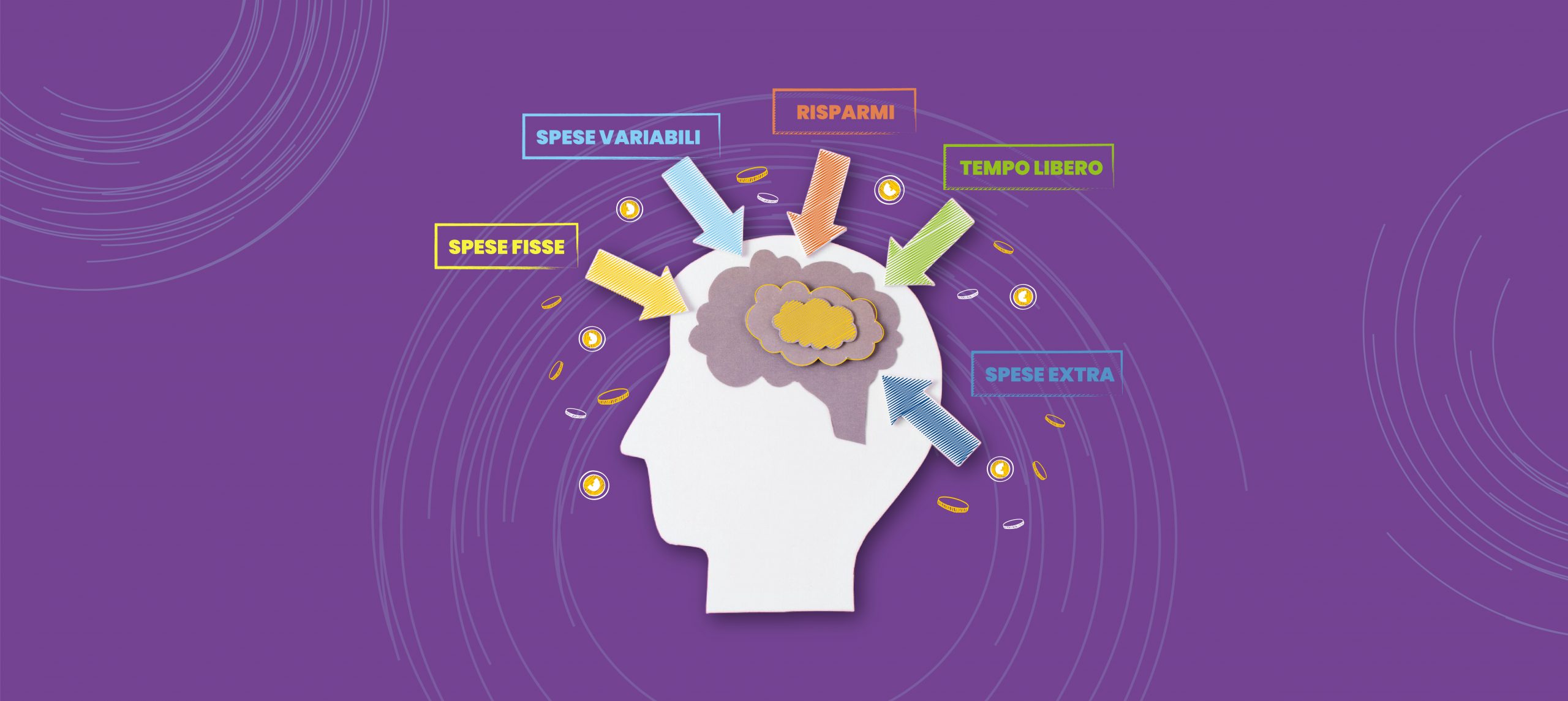
Mental accounting is a theory introduced by economist Richard Thaler that explains how we make economic decisions in our daily lives. Developed within the field of behavioral economics—a discipline that combines economics and psychology to study human financial behavior—mental accounting refers to how we manage our financial resources by creating separate “mental accounts” for different categories of expenses, income, and activities. This process, however, is not neutral and can lead to irrational financial behaviors.
The theory builds on the work of Daniel Kahneman and Amos Tversky, who introduced the concepts of “framing” and “loss aversion,” two cognitive biases that explain how people react inconsistently to gains and losses, often in a subjective and irrational manner.
Here are some examples of the effects of mental accounting in everyday life:
The Endowment Effect
The endowment effect occurs when we assign a higher value to an item we own compared to the same item when it’s not in our possession.
This phenomenon is closely linked to loss aversion bias and reveals how people perceive opportunity costs (in economics it is the cost resulting from the failure to exploit an opportunity granted to the economic subject) as lost gains, while out-of-pocket costs are experienced as losses.
As a result, the endowment effect can lead to overestimating the value of a product or service, especially if we already own it.
This bias plays a significant role in marketing and sales strategies. For example, when a company offers a “free trial month” for a service, or a discount coupon, they are counting on consumers falling into this “mental trap.”
The Sunk Cost Fallacy
The sunk cost fallacy refers to the tendency to continue investing in a project where substantial resources have already been spent, even if future benefits don’t justify further costs.
This behavior, clearly irrational and potentially harmful, is influenced by the difficulty of accepting past losses.
The sunk cost fallacy can have significant consequences on individual, family, or workplace decisions.
Being aware of this cognitive bias helps us make more rational choices and avoid wasting additional resources on unprofitable projects or activities.
It’s important to recognize when sunk costs are driving our decisions and to focus on future benefits rather than past expenditures.
Expense Compartmentalization
As mentioned earlier, we naturally tend to divide money into different “mental accounts” assigned to specific goals or purposes: for instance, we might have a mental account for vacations, another for savings, and another for emergencies.
Consequently, when we make financial decisions, we tend to evaluate the same amount of money differently based on its origin and destination: how we obtained it and how we intend to spend it.
For example, money received as a gift is often valued differently from the same amount earned through work. In the former case, we may be more inclined to spend it on pleasurable activities, while in the latter, we’re more likely to save it.
Understanding mental accounting can help us improve our financial awareness, making our choices more rational and less influenced by cognitive biases or automatic, emotion-driven psychological mechanisms.
If you’d like to learn more about behavioral economics and common “mental traps,” listen to Episode 7 of the podcast “Mica solo parole” with economist Luciano Canova. You can also visit our website and explore our blog for more insights.
